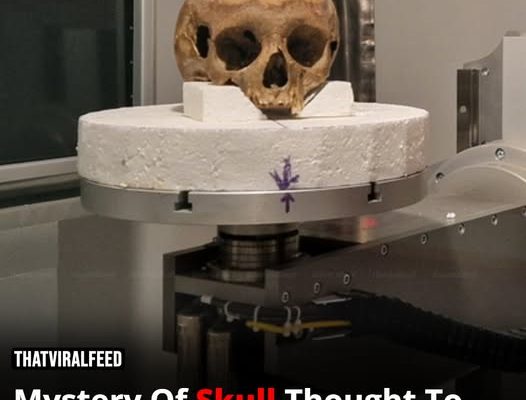Back in 1929, Austrian archaeologist Josef Keil and his team made a groundbreaking find. While exploring a historic tomb in Turkey, they uncovered a water-filled sarcophagus containing a skull and some bones. The find was part of an excavation of the ‘Octagon,’ a site that had once been magnificently constructed.
Keil decided to take the skull from the tomb back with him to study further. When it was presented to historians, the artefact was determined to belong to a young woman, roughly 20 years of age. This conclusion only deepened the intrigue surrounding its origins.

This fueled the theory that the remains could belong to Cleopatra’s half-sister, Arsinoë IV. Historical accounts suggest Arsinoë was assassinated in Ephesus, an ancient Greek city now located in modern-day Turkey, around 41 BCE. The act was reportedly carried out on the orders of Cleopatra’s lover, Mark Antony, at Cleopatra’s urging.
Their findings dated the skull to somewhere between 36 BCE and 205 BCE, which coincides with the traditional timeline associated with Arsinoë’s death. This appeared to further support the initial hypothesis that the remains could belong to the princess.

Weber explained the findings in a statement reported by Science News: “Then came the big surprise: in repeated tests, the skull and femur both clearly showed the presence of a Y chromosome – in other words, a male”
Further analysis revealed the skull and bones actually belonged to a boy aged 11 to 14. The child had clear signs of growth abnormalities, such as an underdeveloped jaw and unusual cranial features, indicating he had suffered from pathological growth disorders.
Although these findings close the chapter on one mystery, they open up new questions. Researchers are now focused on piecing together the boy’s identity and understanding his connection to the tomb, while the search for Cleopatra’s sister continues.

They added: “In any case, the results of this study open up a wide field for exciting new research.”
Historical records indicate that Arsinoë was exiled to Ephesus by Cleopatra, who saw her as a threat to her reign. Eventually, Cleopatra ordered her execution, solidifying her grip on power but leaving behind an enduring mystery.



